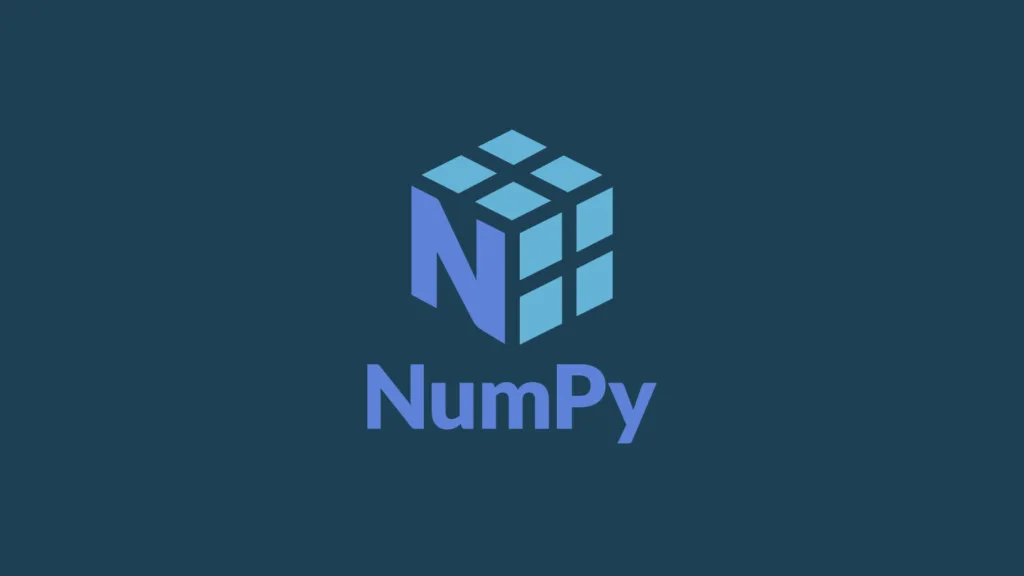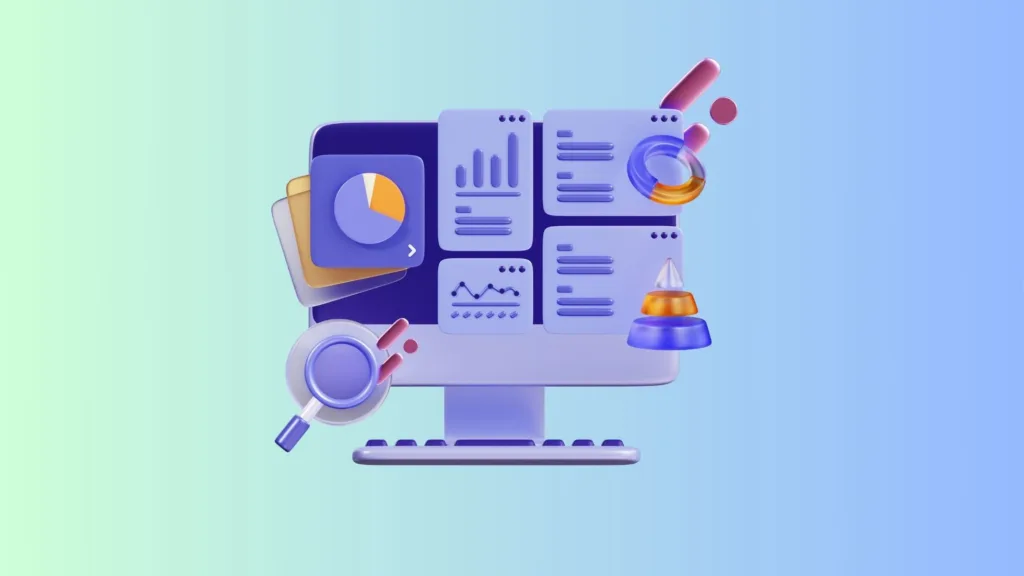Data visualization is an essential part of data analysis and machine learning projects. It enables you to gain insights from your data by representing it visually, thus making it easier to identify patterns, trends, and anomalies. Python offers a plethora of libraries that make data visualization effortless for data scientists and engineers. In this blog, we will dive into the five best Python data visualization tools: Matplotlib, Seaborn, Plotly, Bokeh, and Altair.

1. Matplotlib
Introduction
Matplotlib is the O.G. of Python visualization libraries. Built on NumPy arrays, it provides a simple and easy-to-use interface for plotting a wide variety of graphs and charts.
Features
- 2D and 3D plotting
- Customizable plots
- Integration with Pandas DataFrames
Advantages
- Rich community support
- Wide range of plot types
- Strong documentation
Limitations
- Steeper learning curve for beginners
- Less interactive compared to other libraries
- Outdated default aesthetics
Code Example
import matplotlib.pyplot as plt
# Data
x = [0, 1, 2, 3, 4]
y = [0, 1, 4, 9, 16]
# Plot
plt.plot(x, y)
plt.xlabel('x')
plt.ylabel('y')
plt.title('Matplotlib Example')
plt.show()2. Seaborn
Introduction
Seaborn is built on top of Matplotlib and is integrated with Pandas DataFrames, offering a higher-level, more convenient API for complex visualizations.
Features
- Statistical plotting
- Built-in themes
- FacetGrid for multi-plot grids
Advantages
- Simplified syntax
- Beautiful default styles
- Excellent for statistical analysis
Limitations
- Less customizable than Matplotlib
- Slower with large datasets
Code Example
import seaborn as sns
# Data
tips = sns.load_dataset("tips")
# Plot
sns.boxplot(x="day", y="total_bill", data=tips)3. Plotly
Introduction
Plotly is a feature-rich library that offers highly interactive and web-ready plots. It supports a wide variety of chart types and is great for creating dashboards.
Features
- Interactivity
- 3D plotting
- Dash framework integration
Advantages
- Highly interactive
- Modern aesthetics
- Export to multiple formats
Limitations
- Complex syntax for advanced plots
- Slower rendering for large data
Code Example
import plotly.express as px
# Data
df = px.data.iris()
# Plot
fig = px.scatter(df, x="sepal_width", y="sepal_length")
fig.show()4. Bokeh
Introduction
Bokeh is a powerful library for creating web-ready, interactive visualizations with a high degree of customization.
Features
- Interactivity
- Streaming data support
- Native JavaScript integration
Advantages
- Highly customizable
- Strong support for interactive web apps
- Capable of handling large data sets
Limitations
- Steeper learning curve
- Larger codebase for simple plots
Code Example
from bokeh.plotting import figure, show
# Data
x = [1, 2, 3, 4]
y = [2, 4, 6, 8]
# Plot
p = figure()
p.line(x, y)
show(p)5. Altair
Introduction
Altair offers a declarative approach to data visualization, making it easier to construct complex visualizations from simple building blocks.
Features
- Declarative syntax
- JSON data serialization
- Integration with Vega-Lite
Advantages
- Simple and intuitive API
- Easy to debug
- Excellent for exploratory data analysis
Limitations
- Limited in rendering large datasets
- Less community support compared to others
Code Example
import altair as alt
import pandas as pd
# Data
data = pd.DataFrame({'x': list('ABCD'),
'y': [1, 2, 3, 4]})
# Plot
alt.Chart(data).mark_bar().encode(
x='x',
y='y'
)In conclusion, each Python data visualization library has its unique advantages and limitations. The best tool for your project depends on your specific requirements, such as the complexity of the visualization, interactivity, and the size of the data you are working with. Happy plotting!




